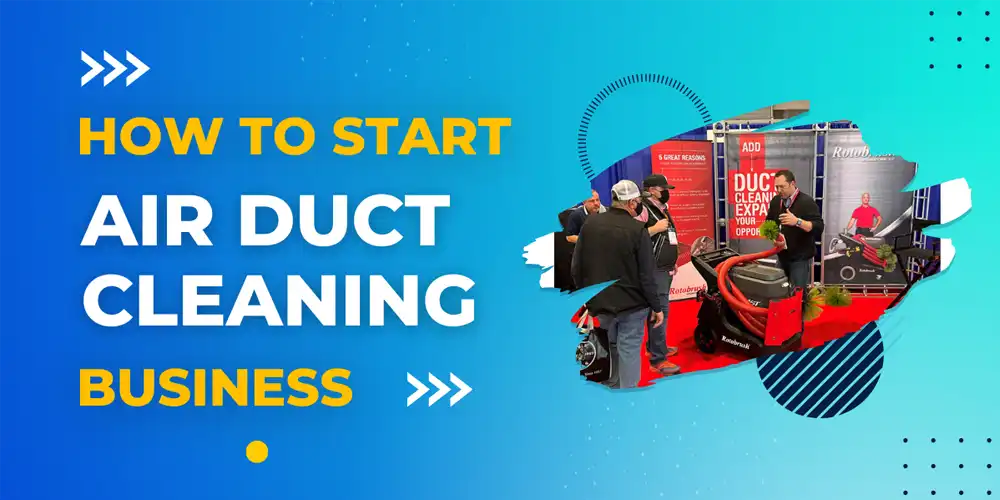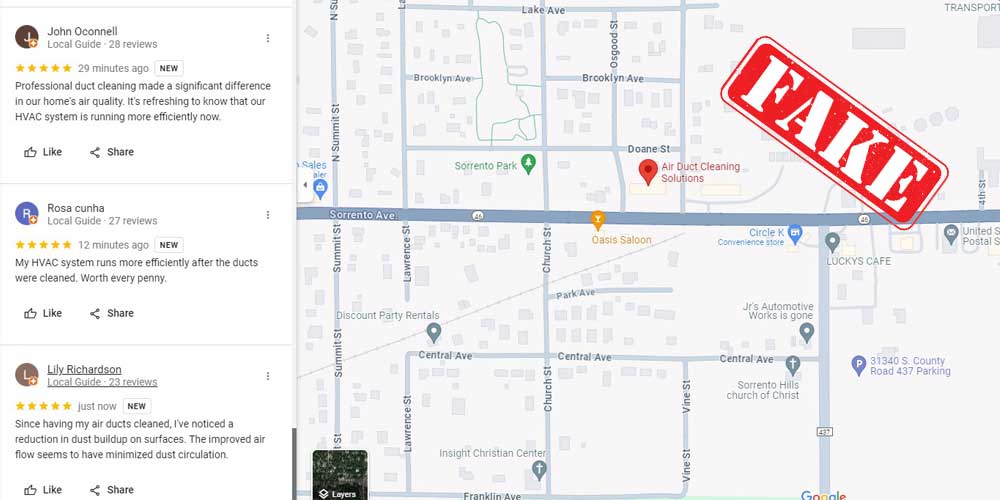Reduce Dust in Your Home and Save Money
Cleaning the air ducts in your home provides many benefits. It extends the life of your HVAC system, reduces dusting frequency, and most importantly – improves indoor air quality. For allergy sufferers, this can make a big difference in comfort.
There are many designs of duct systems, such as attic systems and underground systems, but the theory of cleaning these systems is the same. You may not be able to access all parts of these systems (for example, underground ducts), but you can make a difference in your air quality by cleaning the parts of the system that you can reach.
While specialized commercial equipment would be ideal, you can still eliminate about 85% of dust buildup yourself without breaking the bank. You likely can’t reach every inch, but by targeting the main lines you can drastically clean up the air circulated through your home.
Safety First
Cleaning ducts stirs up loads of contaminants so wear protective equipment like goggles, mask and gloves during the process. Also cover any furniture or flooring where dust could settle.
Assemble Your Air Duct Cleaning Tools
You’ll need:
- Furnace filter (have a new one ready to install after): You will definitely need a new furnace filter at the end of the job. Make sure you choose the right filter option for you.
- Wet/dry shop vacuum: A household-type vacuum with a decent hose attached will work, but a heavier-duty “Shop Vac” unit is better, if available.
- Stiff bristle brush and scrub pads: omething closely resembling a toilet brush will work best, but a stiff-bristle paintbrush or something similar will do.
- Screwdriver or Hex Driver to remove vent covers: Your registers are likely held in place by some kind of fasteners. You will need to use whatever tool fits the fasteners, usually a screwdriver or 1/4″ hex driver.
- Accessing the Ductwork: Most ducting runs through walls, floors and attic spaces with vents covering openings entering rooms. You’ll need to remove all vent covers to view and reach down duct interiors. Some systems have sections too tight to insert tools.
- Flashlight to peek down runs.
Here’s a process you can follow when cleaning your air ducts:
Step 1: Prep
Thing are about to get very dusty, so it’s a good idea to wear old clothes, safety goggles, and a dust mask. Plus, cover any furniture and carpets you want to protect from the dust.
Step 2: Remove vent covers
All your air ducts will be covered by vents. You’ll need to unscrew or untwist these to access the tubing. While you’re at it, you may as well give these a wipe over to remove any dust.
Step 3: Gently dislodge any dust inside
This step is tricky if you don’t have specialist equipment because air ducts can be really long. Carefully brush the edges of your air duct to remove the dirt and dust. It’s important that you don’t use too much force or any sharp-edged tools to do this, to avoid damaging your air ducts. If you have long air ducts, you’ll probably find it difficult to reach the full length with a standard household duster, but
Step 4: Apply vacuum
Use a vacuum cleaner to suck away the dislodged dirt and dust. Professional air duct cleaners will have purpose-made tools and high-strength vacuum suction to get all the dust and debris out.
Step 5: Replace furnace filter
Buying a better filter will definitely cut down on the dust in your home. But the better the filter, the more often you should change it; a dirty filter restricts the airflow to the fan, which results in the blower motor running hotter and reducing its lifespan. How often you should change your filter depends on your home, your pets, and your location.
How long does it take to clean air ducts?
Air duct cleaning can take anywhere from an hour to a full day, depending on the size of your home, your ducts.
Should I get my ducts cleaned professionally?
Yes. As you can see from the steps above, air duct cleaning is best done with specialist tools that can remove dust from the full length of the duct. Plus DIY air duct cleaning is a messy and time-consuming job when you lack the experience and tools to get it done.
Properly cleaned air ducts will function better, save you money on heating and cooling, and ensure the air you breathe is clean and healthy. It’s a job you don’t want to risk getting wrong.




